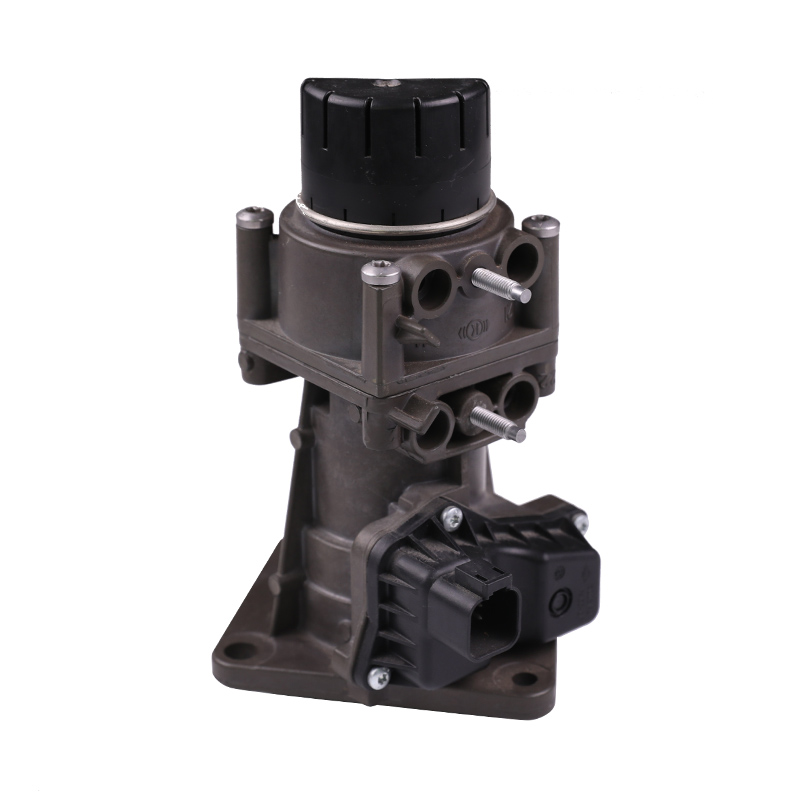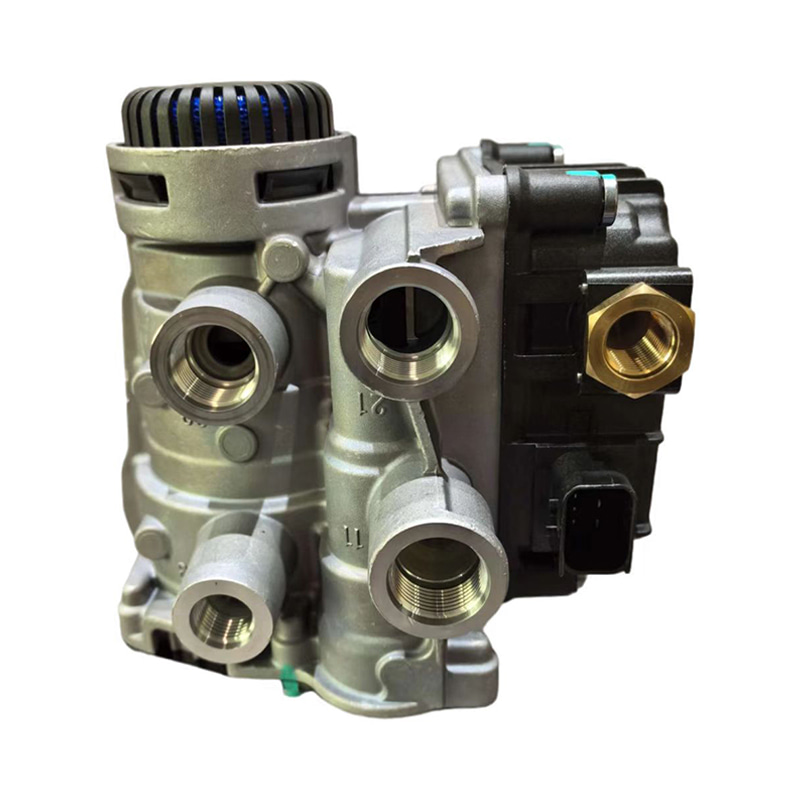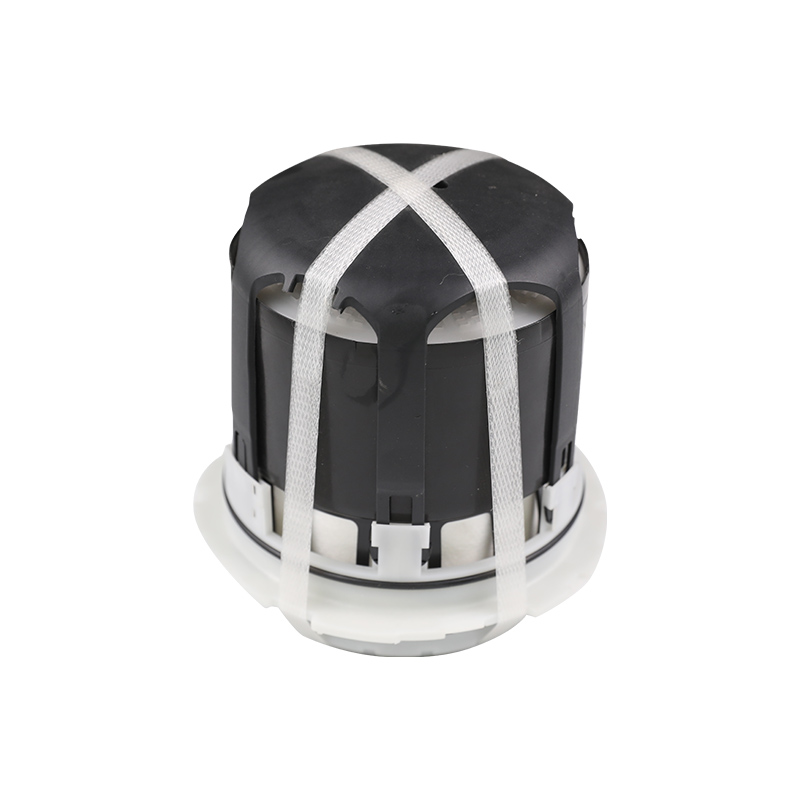Brake chamber failure can be caused by a variety of factors, including:
-Wear and tear due to prolonged use
-Corrosion or rusting
-Damage from impact or collision
-Air leakage due to a damaged or worn diaphragm
-Contamination of the brake chamber interior with oil or other contaminants
-Problems with the brake chamber mounting or adjustment
-Failure of internal components such as the spring or push rod.
There are a few ways to check for a brake chamber leak:
Visual inspection: Look for any signs of leakage, such as wetness or rust around the brake chamber.
Pressure test: Connect a brake chamber tester to the brake chamber and pressurize the system. If the pressure drops quickly, it could indicate a leak.
Stroke test: Check the stroke of the push rod by measuring the distance between the push rod and the brake chamber when the brakes are applied. A longer than normal stroke could indicate a leak.
Road test: Inspect the brake while on the move, if you notice the air pressure drops faster than usual, it could indicate a leak.
It's important to note that if the brake chamber is leaking, it should be replaced as soon as possible to ensure proper brake function and to prevent further damage to the brake system.







